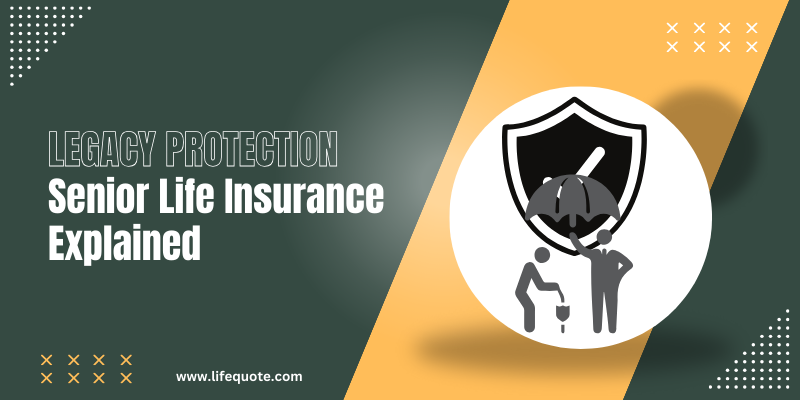- Speak to a licensed sales agent!
- (800) 521-7873
How Life Insurance Helps With the Cost of Raising Children

Children are one of life’s great joys. While they don’t come without their share of challenges, there is often no better investment than in your children. However, these challenges can sometimes be avoided through careful foresight and a solid plan. Of course, we can’t cover the emotional aspects of parenting, but kids are expensive, and there are ways to make sure that the cost of raising children doesn’t interfere with their future.
Top 5 Expenses for Raising Children
Whether you are deciding on whether or not to have kids, have just had your first, or have many children, it always pays to understand the expenses associated with raising new members of the family. By knowing the cost, you can properly prepare for the future.
Medical Expenses for Delivery
In the United States, the average cost of having a baby is over $10,000 without any medical complications. If you don’t have health insurance, that number can easily be doubled. On top of that, c-sections are on the rise and are more expensive than vaginal births. With the cost of delivery increasing every year, many people are finding it difficult to afford the expense—and that’s even with insurance.
Loss of One Parent’s Income
While both parents may need or want to work after the baby is born, many choose to have one parent work while the other stays home with the child. This usually results in a loss of that parent’s income, which could be financially problematic for the growing family.
The most common answers to this are for the at-home parent to make some money on the side or to forego the idea of staying home altogether. However, with over 11 million parents not working outside the home as of 2016, solving the issue of having only one stable income is something that many must deal with.
Larger Home
Sometimes, the addition of a new member of the family means having to find a bigger living space. A two-bedroom apartment may not be enough room if you’re welcoming your third or fourth child into the world. However, this upgrade comes with inevitable expenses including increased rent, mortgage payments, homeowners insurance, or closing and moving costs.
Food and Clothing
While delivery, income loss, and a larger living area are likely one-time and immediate costs, there are others that last as long as your child is living under your roof. One of these is basic necessities. It goes without saying that every growing child needs adequate food and clothing in order to be properly cared for. Kids tend to outgrow things both physically and socially much quicker than you might imagine, which can make for some expensive trips to the store to buy new clothes.
Additionally, the older they get, the more difficult it will be to keep your refrigerator full, causing your grocery bill to skyrocket. Some estimates place the monthly cost of feeding an 11- to 18-year-old boy at over $150.
School and College
Last but not least, there comes the question of the child’s schooling. Homeschooling your kids or sending them to a private school can be prohibitively expensive. And while a public education may be free, there are still many costs to consider such as uniforms, books, or field trips. If they decide to go to college, that adds an additional expense.
According to College Data, the average annual cost for an in-state public college was over $25,000 in 2018. While there may be some government programs or scholarships to help, these don’t often cover the full amount and many parents find themselves bearing the bulk of college expenses.
Life Insurance Living Benefits
So with all these expenses, it may seem like the expenses of raising a child can be overwhelming. Fortunately, with a solid financial plan in place, you can mitigate the effects these costs will have on your budget.
It may seem strange to speak of life insurance as a method of handling the day-to-day expenses of raising a child. After all, aren’t the benefits of life insurance only provided after the policyholder dies?
The truth is that life insurance is an extremely versatile financial vehicle. While it does provide security for your family in the event of a tragedy, certain policies have benefits that can be accessed while the policyholder is still alive. These are called living benefits, and they are only available to those who purchase permanent life insurance policies, meaning that coverage extends from the day you buy the policy until your death.
The primary means of providing these living benefits is through the accrual of something called cash value. This is a savings component of your plan that builds as you pay your premiums. While the policyholder is still alive, he or she can borrow from this value for loans, as cash, or even to help pay for premiums. Depending on the amount of coverage purchased, the cash value of the policy can help pay for everything from health insurance deductibles to college tuition.
Protecting Their Future
Why choose between protecting your family’s future and providing for their present? A whole life, variable life, or universal life insurance policy can give you the peace of mind and freedom that can otherwise be difficult to obtain. However, navigating the world of life insurance can be difficult without a guide.
Here at Life Quote, we specialize in matching both individuals and families with life insurance policies that meet their needs. We take your history, goals, and finances into account to provide you with a plan that both secures your family’s financial future and gives you a ready source of funds to help with the cost of raising your children. We even offer policies without the need for a medical exam! Contact us today for a free quote.




